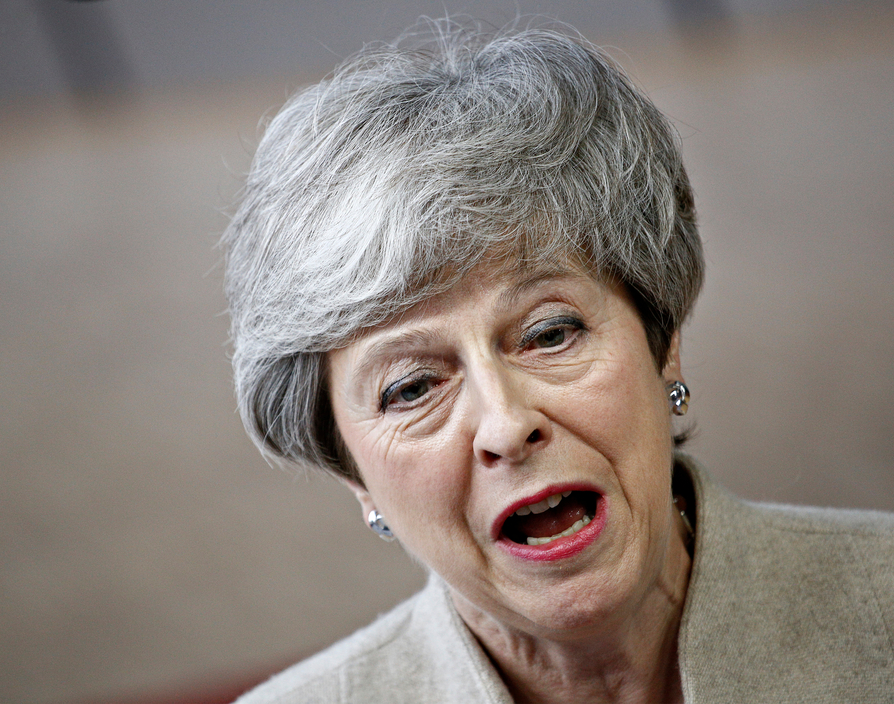Every year, we’re used to hearing the sound of Prokofiev’s Dance of the Knights, as the latest series of The Apprentice jolts into action and Lord Sugar appears on our screens declaring the start of the job interview from hell. Yet, there may be one job interview even more devilishly difficult.
After Theresa May announced her resignation as Prime Minister last week, the Tory leadership contest has well and truly begun. With 11 candidates facing several gruelling rounds of tests over two months including televised interviews and a series of votes from their peers, the format is not too dissimilar to the BBC series. However, this is no reality TV show. The future of the country is at stake and hard truths have to be faced.
At the beginning of the week, James Brokenshire MP called on those candidates “unlikely to get over the first fence” to stand down in the interests of time. It seems the Conservative party has come to its senses. The day after his comments, the party backed proposals requiring competing MPs to be backed by eight colleagues, rather than two. The changes are designed to accelerate the selection process and avoid the “danger of it becoming a tragic farce”, as former Chancellor Ken Clarke commented. So how can the Conservatives avert a leadership recruitment shambles?
Raising the barriers to entry and reducing the shortlist of candidates is a great first step, particularly in the face of such fierce competition and when the job is so highly prized. In fact, I believe five candidates is the ideal number to complete a satisfactory shortlist. For example, three key candidates such as Boris Johnson, Andrea Leadsom, Jeremy Hunt and two wildcards like Rory Stewart and Esther McVey. This approach offers the employer a balance of options without the process becoming overwhelming and keeps competition healthy without diluting it.
Reducing the number of candidates shortlisted also helps the recruiter focus their mind on the role requirements and allows them more time to assess and compare each candidates’ credentials to ensure the best fit. Whereas, until now, May has very much appeared a square peg in a round hole, the hope is that the future prime minister will unite the country.
This approach will also shorten the time taken to complete the recruitment process. In this instance, this will benefit the incoming prime minister by allowing them more time to implement their policies – particularly ahead of the looming Brexit deadline – while also allowing the country to move on quicker and plan ahead better.
A shorter recruitment process with regular communication is also likely to keep top candidates more engaged and avoid any of them exiting early. According to a study from Bersin by Deloitte, top candidates only stay in the jobs market for approximately ten days but the recruitment process takes approximately 52 days on average. Currently, the Tory leadership contest is several rounds long and isn’t expected to be decided until the week of 22nd July. This led both James Cleverley and Kit Malthouse to withdraw their applications this week, stating that “there was an appetite for the contest to be over as soon as possible”.
With the first hustings now underway, the leadership race will begin to move more quickly until we reach the final two. More than the self-belief they’ve shown to apply for the role, the winning candidate will need to demonstrate true leadership skills, including: clear policies, experience in abundance and mental resilience. Then, and only then, will they hear Alan Sugar’s immortal words: “you’re hired.”
Share via:


















































